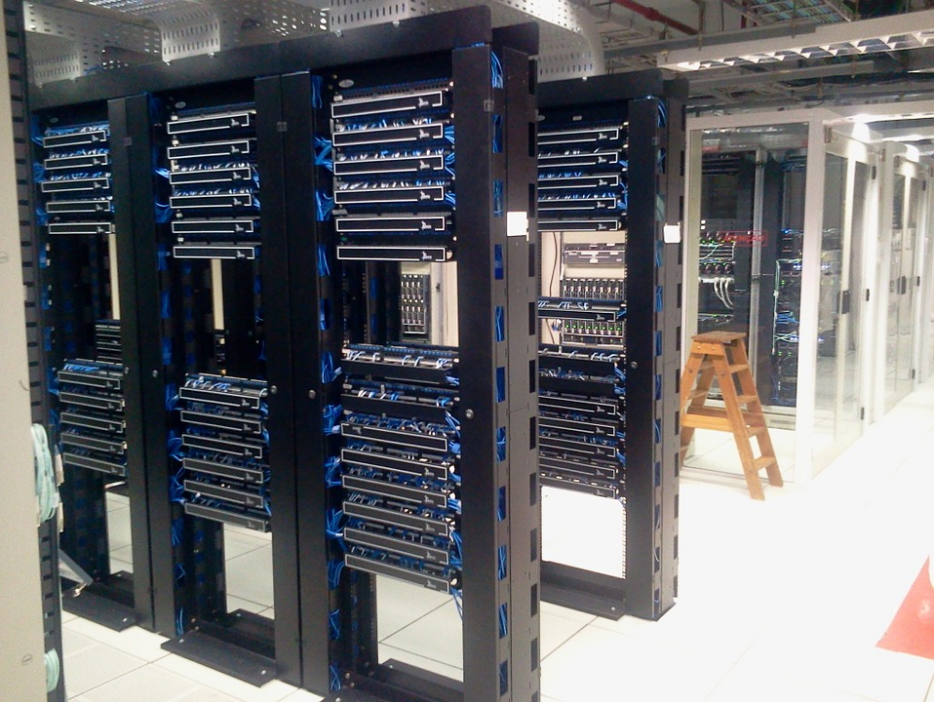By Jerry Mooney
Most companies these days deal with enormous amounts of data. I’m struggling to think of an office-based business that doesn’t have a lot of important data that it needs to keep hold of. There’s software to consider. Employee pay records. Customer data. Contact details. Source code. Technical documents. To be honest, I’m barely even scratching the surface here. I just mentioned a few things that pretty much all modern office businesses have to deal with.
So if you were to lose all of that data? I can’t imagine it’s going to be very good for your company. (I also can’t imagine the person responsible is going to win Employee of the Month.) In fact, such huge losses of data have been known to cripple some companies, especially smaller ones. Sometimes, the data doesn’t have to be lost - merely compromised.
It’s crucial you get this sort of data backed up. We’re going to take a look at some of the things you need to do in order to backup and protect data.
Scheduling backups
Backups are something that should occur on a regular basis. Make this process formal by selecting at least two dates a month in which data backups can occur on a large scale. One thing you should bear in mind is that this process can really eat at your bandwidth. It’s best to have backups occur overnight, when people aren’t trying to work!
The medium
You need to think about where you’re going to be backing this data up to. Will you use an extra server? Or perhaps an off-site server? Will you use a bunch of USB sticks? Maybe you’ll be tempted by the convenience and low price of rewritable DVDs. It all depends on how safe you can keep those things afterwards, and on how much data you’ll be storing.
Data integrity and server performance
It’s possible that you’re going to be moving terabytes worth of data. So we’re not talking about the simplest or the shortest of tasks, here. Quite a few things can go wrong during this process. The performance and integrity of the technology you’re using should be strong. You may want to have these things reviewed by IT experts to ensure that any problems can be tackled as soon as possible.
Testing the backup data
Don’t just walk away once the data transfer is complete. Once it’s done, take the backup medium you used and access it from another location. Make sure all the data you need is still there. Make sure it’s still readable, useable, or launchable. If something went wrong during the transfer, it may not be immediately obvious. Test the backup data to ensure you’ve got exactly what you need.
Security
One of the problems with duplicating data: now you have two sets of data to protect! You have to make sure that security is as tight on the backup data as it is on the original source files. With transportable media like USB and DVD, this isn’t as much of a concern. However, you better make sure this stuff is kept somewhere that cannot be reached by people you don’t trust 100% with the contained data!
Jerry Mooney is co-founder and managing editor of Zenruption and the author of History Yoghurt and the Moon. He studied at the University of Munich and Lewis and Clark College where he received his BA in International Affairs and West European Studies. He has recently taught Language and Communications at a small, private college and owned various businesses, including an investment company. Jerry is committed to zenrupting the forces that block social, political and economic justice. He can also be found on Twitter @JerryMooney





